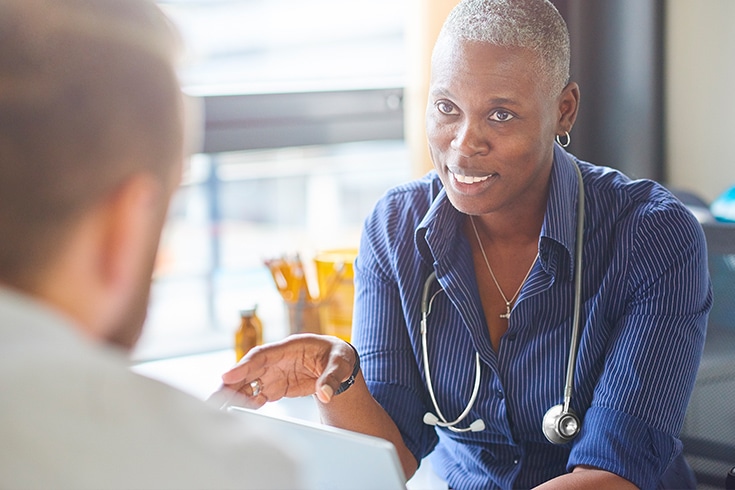The implementation of telehealth during the public health emergency has allowed individuals to be treated and recover from COVID-19 from the safety of their homes. Telehealth and remote patient monitoring (RPM) have the potential to continue to help patients beyond COVID-19 and the global health emergency. RPM companies with comprehensive programs are paving the way for the future of telehealth as it becomes even more integrated into healthcare. Remote care will continue to be essential for patients suffering not only from COVID-19, but from other acute and chronic conditions. RPM has shown patients and providers alike that care be delivered to individuals in their own homes without compromising quality, satisfaction, or efficacy.
What is remote patient monitoring and how is it different from telehealth?
Remote patient monitoring is the method by which providers collect and receive automatically transmitted data via integrated cellular remote devices placed in patients homes. Telehealth refers to the general method of connecting health professionals to their patients through the internet and can include virtual visits, phone calls, and interactive patient portals. RPM falls under the umbrella of telehealth, but differs from typical virtual treatment as RPM does not require any scheduled virtual visits or calls. Instead, remote monitoring only requires patients to simply measure their own biometrics with no need for patient intervention. RPM functions as its own form of healthcare by collecting and tracking patient data remotely, but also facilitates virtual and in-person visits by providing consistent and accurate data during intermittent periods.
How has remote patient monitoring helped with COVID?
Remote patient monitoring has come to the aid of countless individuals through the course of the global health emergency. Patients utilizing RPM programs have reported overwhelmingly positive experiences. “I can’t even tell you what a sense of comfort having that program wrapped around me (was) when I was quarantined by myself in a room for two weeks,” said one RPM patient, Dr. Goyal. “It gave us a tremendous sense of comfort to know that there was someone watching our symptoms, vital signs and knowing when to escalate care.” It has been proven that RPM has been effective in preventing hospital admissions and improving recovery. According to one study, surveying approximately 13,000 patients, only 10% were admitted to the hospital based on their reporting symptoms while 95.5% of patients made a full recovery from COVID-19 within just nine days of participating in their RPM program. Patients in this study reported not only successful recoveries, but 94% of them reported high satisfaction rates and said they would recommend RPM to others. This study alludes not only to the importance of RPM during the global health emergency, but how RPM can be applied to other populations suffering from acute and chronic conditions beyond COVID-19. For patients who have recovered from COVID-19but still suffer from the effects of long COVID-19, RPM is an accessible way to monitor lasting symptoms from home. During a time in which traveling outside the home is limited for many individuals suffering from COVID-19, RPM offered a satisfying and safe alternative to in-person care.
How will remote patient monitoring continue to help patients in a post-COVID-19 world?
Remote patient monitoring and the world of telehealth has become integral to the healthcare system and an essential part of patients daily lives. From those who are isolated from accessible healthcare to senior patients with limited mobility to the waves COVID-19 patients, RPM has, and will continue to be, indistinguishable from healthcare. Sources such as Insider Intelligence have estimated that 30 million US patients will use RPM devices and tools by 2024, a nearly 30% growth from the current 23.4 million patients who utilized RPM in 2020. While RPM is traditionally applied to patients with acute and chronic conditions, the global health emergency has called for a radical expansion of remote monitoring and has demonstrated incredibly high levels of satisfaction and engagement in the process.
